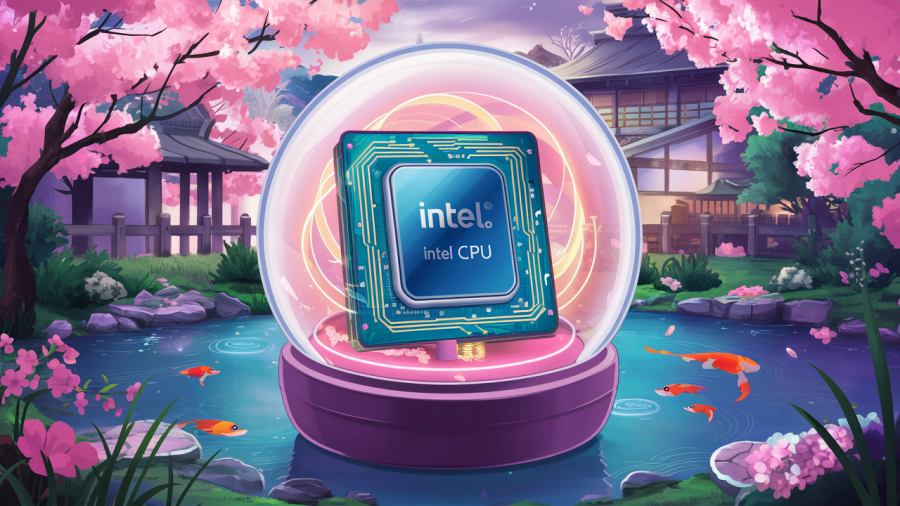What’s Making Kubernetes So Popular? Kubernetes has become the standard for container management because it enables deployment in various environments, including hybrid cloud, multi-cloud, and on-premises. A growing number of organizations of all sizes employ Kubernetes to automate the deployment process and gain access to a rich set of networking, storage, and security capabilities.
The key advantages of Kubernetes
- Load balancing—when container traffic is saturated, Kubernetes performs load balancing, distributes network traffic, and stabilizes the deployment.
- Automated state change—Kubernetes lets you automate various aspects, including removing existing containers, resource provisioning, and various state changes. It enables you to define the container’s desired state and change it as needed.
- Self-healing—Kubernetes automates various healing tasks. It can filter and replace containers, restart failed containers, and remove or replace containers that are not responding or do not meet user-defined parameters.
Top Kubernetes Trends
Here are key trends driving Kubernetes adoption and use in enterprises.
The Shift to DevSecOps
Containers and Kubernetes create significant security challenges, which are now well understood. Organizations realize that without integrating security into every stage of their development lifecycle, they will not be able to properly secure containerized environments. As a result, DevSecOps patterns are becoming an inseparable part of modern containerized environments.
Supporting this trend, here are some key findings from the recent Red Hat State of Kubernetes Security report:
- 94% of DevOps teams reported they had a security incident in a Kubernetes cluster over the last 12 months.
- 55% of teams had to delay Kubernetes production deployments due to security.
- 60% of teams reported they had a misconfiguration incident over the last 12 months.
- 15% of teams consider developers as those primarily responsible for Kubernetes security
- Only 26% of teams still operate DevOps separate from Security—the rest adopt a DevSecOps work model.
GitOps Is Making Continuous Deployment Mainstream
GitOps provides familiar Git-based workflows without managing cloud-native workloads. GitOps is a powerful mechanism because you can treat Git as a single source and reconciling state, and Git lets you quickly roll back.
FluxCD, ArgoCD, Google Anthos Config Management, Codefresh, and Weaveworks are just a few options available for implementing GitOps.
GitOps is evolving to support multi-tenant and multi-cluster deployments, making it easy to manage tens of thousands of Kubernetes clusters running at the edge or in hybrid environments. As a result, GitOps is becoming the gold standard for continuous deployment.
The Accelerating Shift to the Cloud
Cloud migration is not a new concept. In fact, 94% of enterprises already use hybrid, multi-cloud, public, or private cloud services. In addition, organizations employ containers to accelerate software delivery and increase the flexibility of cloud migration.
The shift to the cloud accelerates as remote work increases. This transition is likely to continue this upward trajectory. In fact, Gartner expects organizations to spend more than $1.3 trillion on migration to the cloud in 2022.
As they move to the cloud accelerates, we can expect hyperscalers such as Amazon, Microsoft, and Google to progressively provide new tools to simplify the move to container-native environments.
Stateful Applications
Most applications today are stateful. However, while technological advances such as containers and microservices have made it easier to develop cloud-based applications, their dynamism has made stateful processes more challenging to manage.
The need to run stateful applications in containers continues to grow. Containerized applications can simplify deployment and operations in complex environments including, edge, public cloud, and hybrid cloud. Maintaining state is also essential for continuous integration and delivery (CI/CD) to ensure a coherent process from development to production.
Stateful applications are becoming a primary focus for Kubernetes, with unique mechanisms developed especially for stateful use cases:
- PersistentVolumes are constructs that allow a Kubernetes cluster to store data persistently and will enable it to be accessed even after containers shut down.
- StatefulSet is a deployment mechanism that creates a set of pods in which each pod has a sticky identity and a connection to PersistentVolumes.
AI and Machine Learning
Kubernetes has been widely adopted for artificial intelligence and machine learning (AI/ML) workloads. However, AI algorithms often require significant computing power, and organizations have tried different approaches to deliver these capabilities: manual scaling on bare metal, VM scaling on public cloud infrastructure, and high-performance computing (HPC) systems.
But perhaps the most powerful and easy-to-implement option is Kubernetes. Packaging AI/ML workloads as containers and running them as clusters on Kubernetes provides flexibility for AI projects, high utilization of resources, and a self-service experience for data scientists.
Containers allow data science teams to create and consistently replicate tested environments without reconfiguring GPU support each time they run workloads. The latest version of Kubernetes includes experimental GPU support from NVIDIA and AMD. NVIDIA also provides a library of containerized machine learning applications prepackaged as containers and optimized to run on NVIDIA GPUs.
Conclusion
The evolution of Kubernetes is intertwined with the evolution of the DevOps movement itself. If ten years ago, “DevOps” was synonymous with Linux or Jenkins, today it is synonymous with Kubernetes. Thus, the trends driving Kubernetes are the hottest trends being adopted by development teams. From DevSecOps to GitOps, these are big new ideas that can change the way we do things and improve effectiveness by orders of magnitude.
Whether you are a developer, a DevOps engineer, or in a management role, it is becoming more critical than ever to stay current and stay ahead of the curve on the cutting edge of software development.
Image Credit: Tima Miroshnichenko; Pexels; Thank you!


























